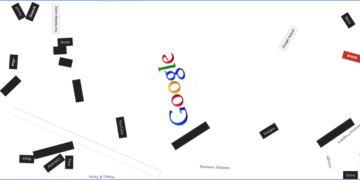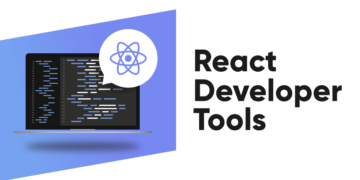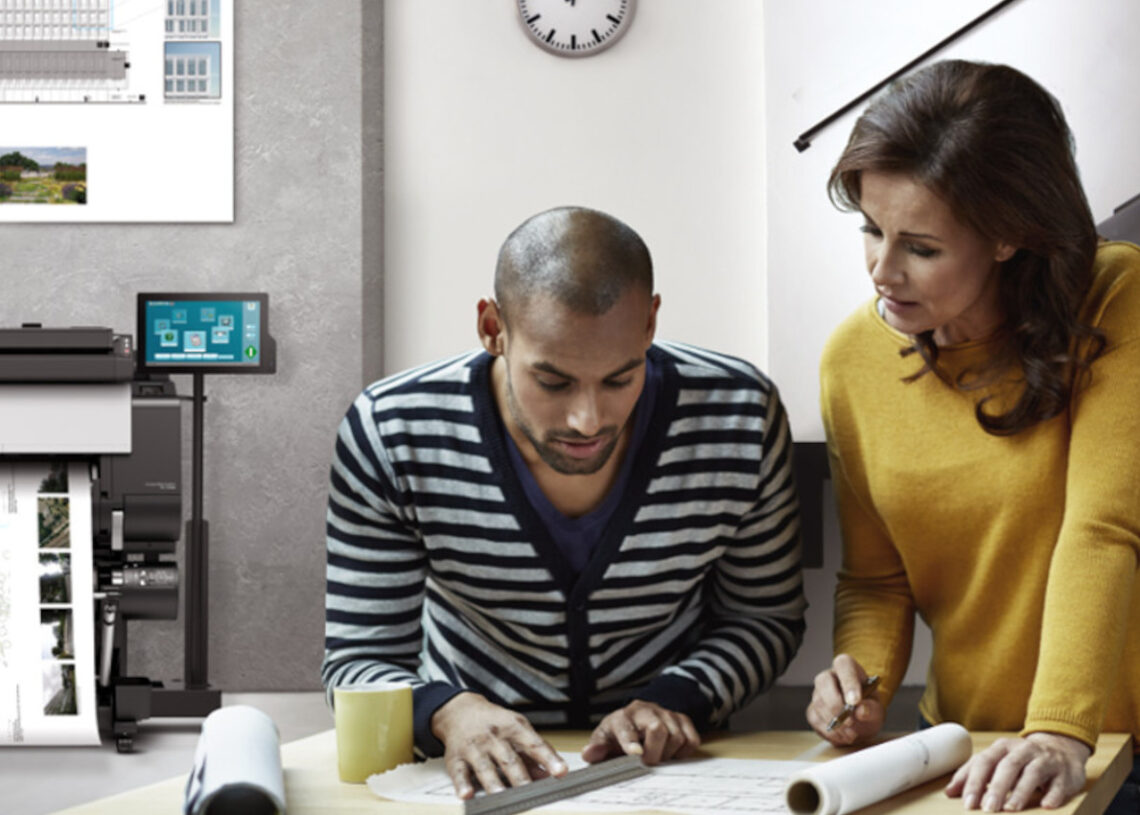In Computer-Aided Design (CAD), the choice of a plotter can significantly impact the efficiency and precision of your work. As CAD professionals, architects, engineers, and designers strive for accuracy and productivity, selecting the right CAD plotter becomes paramount. This article discusses the specific features to consider when choosing the best plotter for cad drawings to ensure you maximize efficiency in your design and drafting processes.
High-Resolution Printing for Precision
One of the fundamental features to look for in a CAD plotter is high-resolution printing. The resolution itself is measured in dots per inch (dpi). A higher dpi count means more precise and detailed prints. For CAD drawings that demand precision, a plotter with a minimum of 1200 dpi is recommended. The high resolution ensures that intricate details, fine lines, and small text are accurately reproduced on paper.
Line Accuracy: The Holy Grail of CAD Plotters
Line accuracy is crucial in CAD work, and the plotter’s ability to reproduce lines exactly as intended can make or break a project. When evaluating a CAD plotter, inquire about its line accuracy specifications, typically measured in millimetres or microns. A plotter with a low line deviation ensures that your drawings remain faithful to the digital design, minimizing errors and rework.
Media Handling Versatility
Different CAD projects may require various types and sizes of media, from standard letter-sized sheets to large-format rolls of paper. Hence, a CAD plotter’s versatility in handling media is vital. Look for plotters that accommodate a range of media sizes and types, such as vellum, Mylar, and different paperweights. For larger projects, ensure the plotter can handle roll-fed paper with ease.
Speed and Throughput
Efficiency in CAD plotting is also closely tied to speed and throughput. Consider your project deadlines and requirements when assessing a plotter’s plotting speed, which is measured in linear inches per second (IPS) or square feet per hour (SFPH). Faster plotters can help you complete projects more quickly but balance speed with the plotter’s ability to maintain high-quality prints at those speeds.
Connectivity Options: Seamless Integration
Look for CAD plotters that offer various connectivity options to seamlessly integrate into your network and workflow. USB, Ethernet, and wireless connectivity are essential features that enable easy file transfer and printing from multiple devices.
Making CAD Plotting Easy
When it comes to CAD plotters, having a user-friendly setup can make a big difference. If your CAD plotter has a touchscreen that’s easy to figure out or software that’s simple to use, it makes setting up and printing a breeze. You want the plotter to match your team’s skills and needs, so you don’t have to spend a lot of time training or worry about making mistakes.
Ink Technology: Precision and Cost Considerations
CAD plotters use either inkjet or laser technology to produce prints. Inkjet plotters are known for their exceptional colour accuracy, making them ideal for architectural and design firms that require vibrant and detailed colour prints. However, be mindful of the ongoing costs associated with inkjet plotters, such as ink cartridge replacements and maintenance.
Laser plotters, on the other hand, excel in monochrome line drawings and are often more cost-effective in the long run. Consider your printing requirements and budget when choosing between inkjet and laser technology.
Compatibility with CAD Software
Ensure that the CAD plotter you select is fully compatible with your CAD software, regardless of which industry-standard programs you use. Compatibility ensures that your digital designs can be accurately translated into physical prints without any compatibility issues or data loss.
Durability and Build Quality
Investing in a durable CAD plotter is a wise decision to ensure long-term efficiency and reliability. Assess the build quality of the plotter, including the materials used and the overall construction. Plotters designed with robust components and a sturdy frame are more likely to withstand heavy use and maintain their accuracy over time.
Maintenance and Support Services
Even the most reliable CAD plotters may require maintenance and occasional repairs. Before making a selection, inquire about the availability of maintenance services from the manufacturer. Timely maintenance can extend the plotter’s lifespan and minimize downtime, thus maximizing efficiency.
Cost of Ownership
While the initial purchase price of a CAD plotter is a significant consideration, it’s essential to evaluate the long-term cost of ownership. This includes ongoing expenses like ink or toner cartridge replacements, maintenance contracts, and the cost of media.
Advanced Print Head Technology: Precision at its Pinnacle
Consider CAD plotters equipped with advanced print head mechanisms, such as piezoelectric or thermal inkjet print heads. These cutting-edge technologies allow for more precise control over droplet size and placement, resulting in even finer line details and enhanced colour accuracy. Furthermore, variable droplet technology enables dynamic adjustments during printing, optimizing ink deposition for various media types. By harnessing the power of advanced print head technology, you can achieve levels of precision that elevate your CAD drawings to the highest standards of accuracy and clarity.
In conclusion, selecting the best plotter for cad drawings is a critical decision. It will impact the efficiency and quality of your design and drafting projects. By prioritizing features such as high-resolution printing, line accuracy, media handling versatility, speed, connectivity, user-friendliness, ink technology, compatibility, durability, maintenance, environmental responsibility, cost of ownership, and scalability, you can make an informed choice that maximizes efficiency in your CAD workflow.
Also Read : Designing with XCV Panel: Tips and Tricks for Success


























